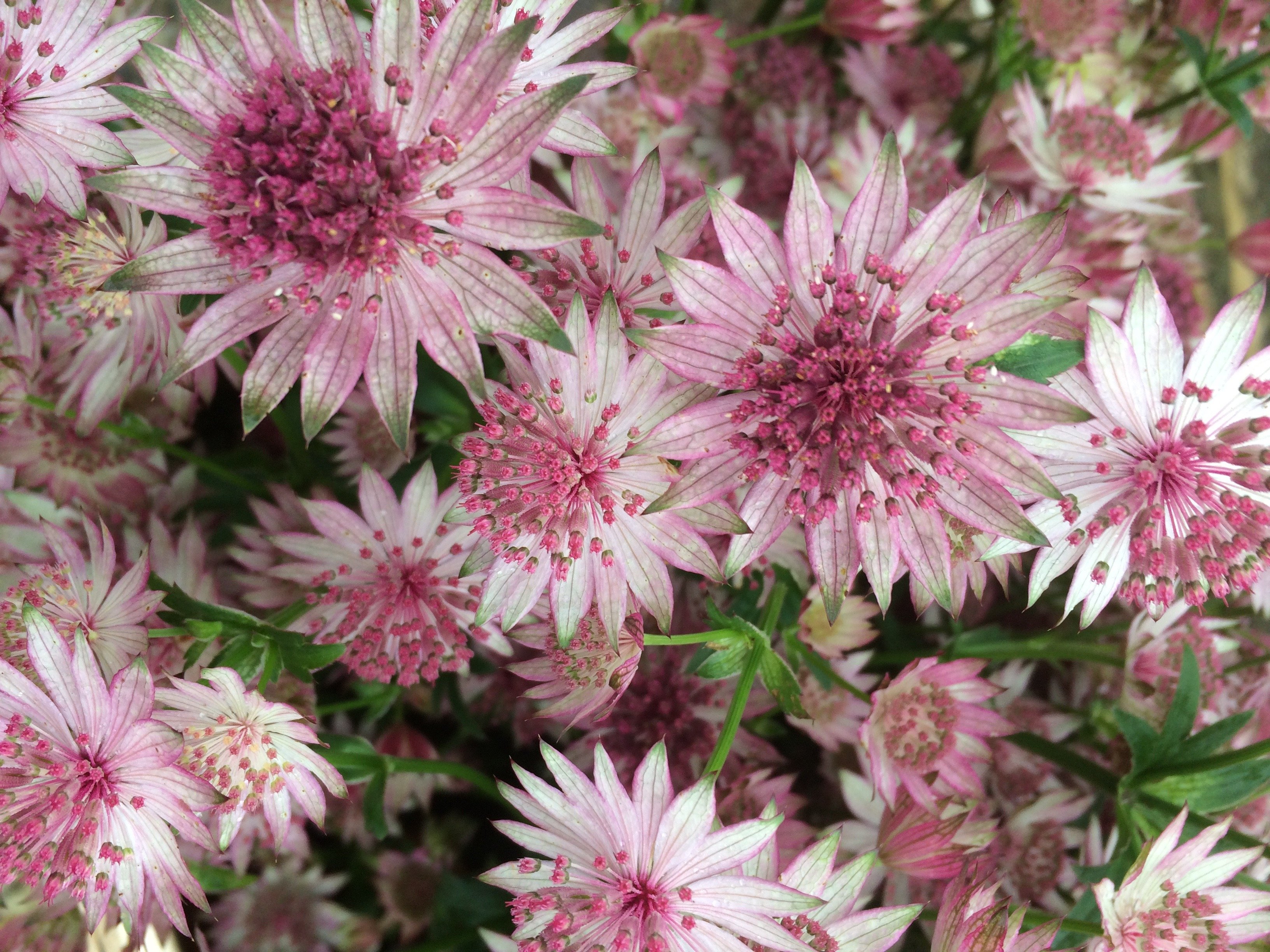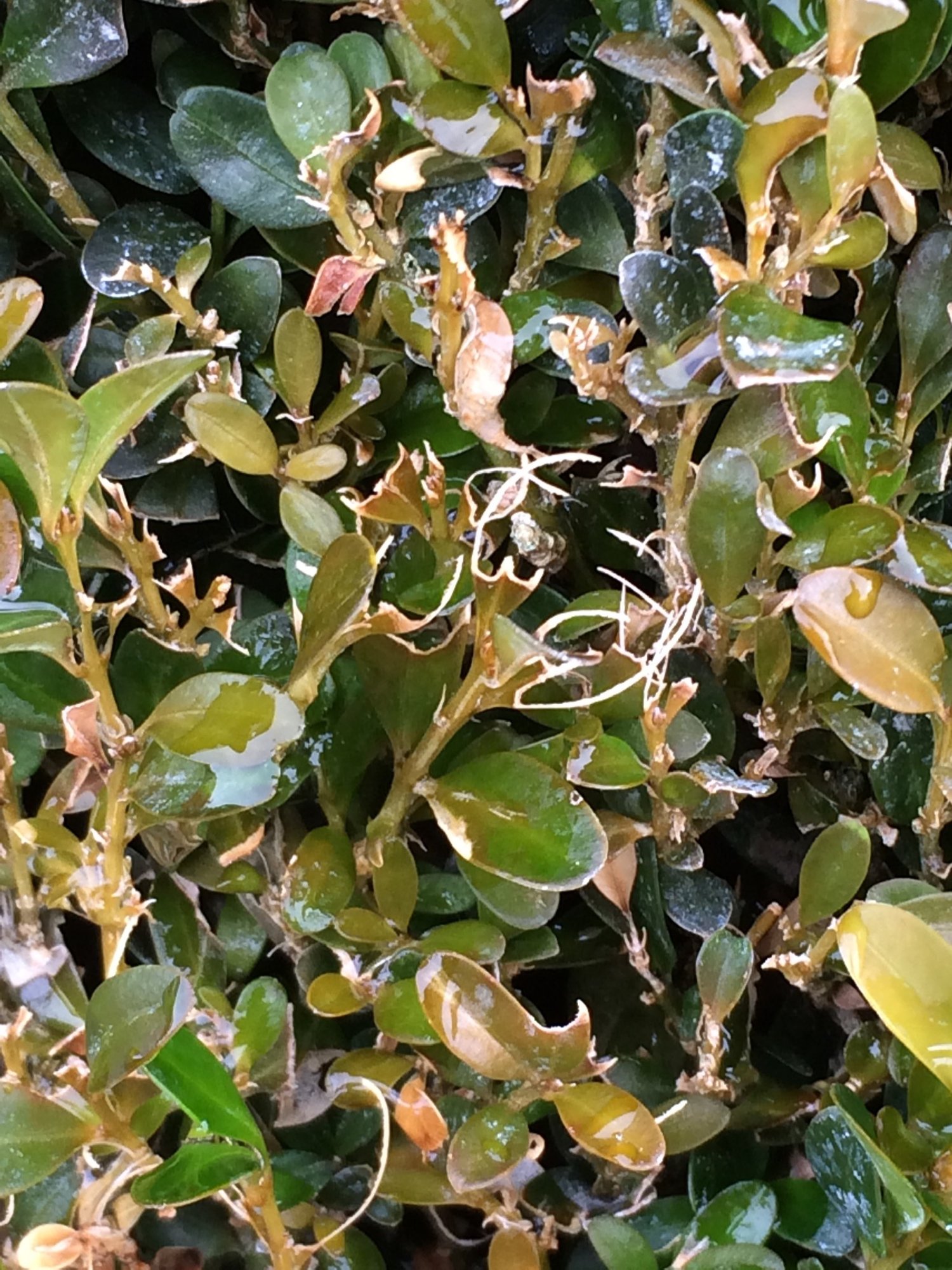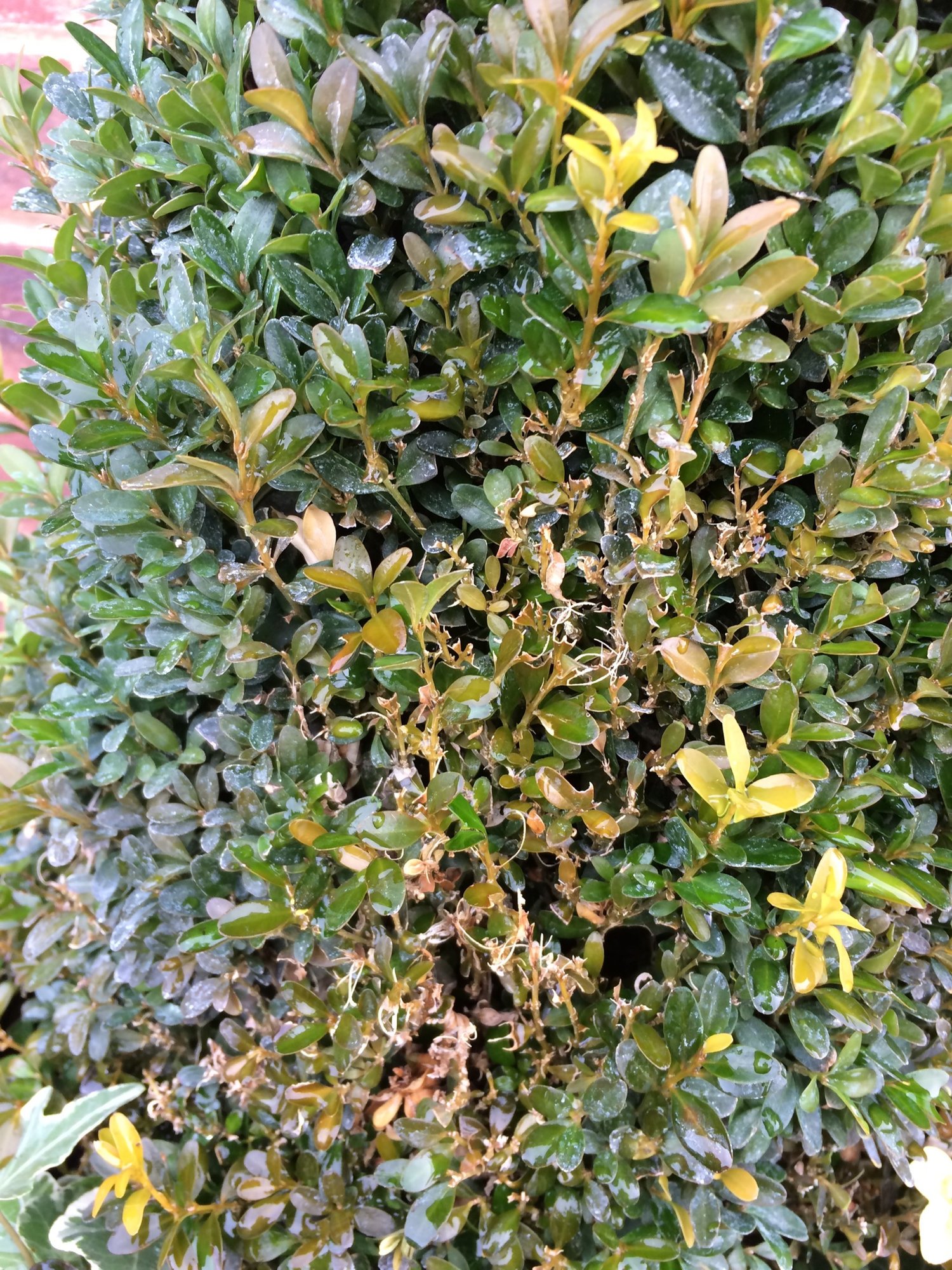This Forum will close on Wednesday 27 March, 2024. Please refer to the announcement on the Discussions page for further detail.
Another Buxus problem, possibly?
 *Astrantia*
Posts: 307
*Astrantia*
Posts: 307
I bought a couple of Buxus cones about 3 months ago from the garden centre. I have planted them in large pots, they looked fine when I bought them but one now has a small section as in the photo below. Aa it’s just a little bit I want to know if it’s something I should be worried about, or dealing with ?




0
Posts
This is what the RHS advises - https://www.rhs.org.uk/advice/profile?pid=96
The RHS has it in its gardens and also has scientists that advise members for free. I think you can trust their advice.
If the plant has been fed over this summer I would leave it be for now and next spring start a careful regime of regular feeding (liquid seaweed or Top Buxus). The affected area may well resprout. If it doesn’t you can cut out the damaged area.
Monitor carefully for signs of insects or blight. It’s then up to you whether or not you choose to use a pesticide or fungicide to deal with the problem or try to control it organically.
If it hasn’t been fed at all this year you could give the plant a liquid seaweed soil drench now (although it’s a bit late in the season) just to boost it’s reserves.
Buxus are quite hungry plants and a healthy well fed plant will be more resistant or more able to withstand fungal and pest problems.
I took a closer look yesterday and yes the leaves look more chewed than dying. I planted them in new compost and the garden centre gave me a small packet of Buxus feed granules, sorry can’t remember the make, which I applied about a month ago.
I can’t see any webs on them at the moment.
Ill just keep monitoring the plants in the coming months and see if There’s any changes. Think I need a magnifying glass to check!
so Topbird, should I still do the seaweed drench or do you think it’s had enough feed for now? The compost said it had 3 months feed in it but obviously not Buxus specific. I know it’s October but it’s still very warm I wonder if we don’t get a cold winter the moths/caterpillars may come back sooner?
Have a Google of Box / Caterpillar / Moth etc. You’ll probably find several articles but you need (a UK) one which details the lifecycle and advises the best time to look out for caterpillars (which do the damage) which you can either pick off or spray.
A regular feeding regime for next year will help develop a strong plant resistant (or at least able to recover from) attacks from pests and diseases.